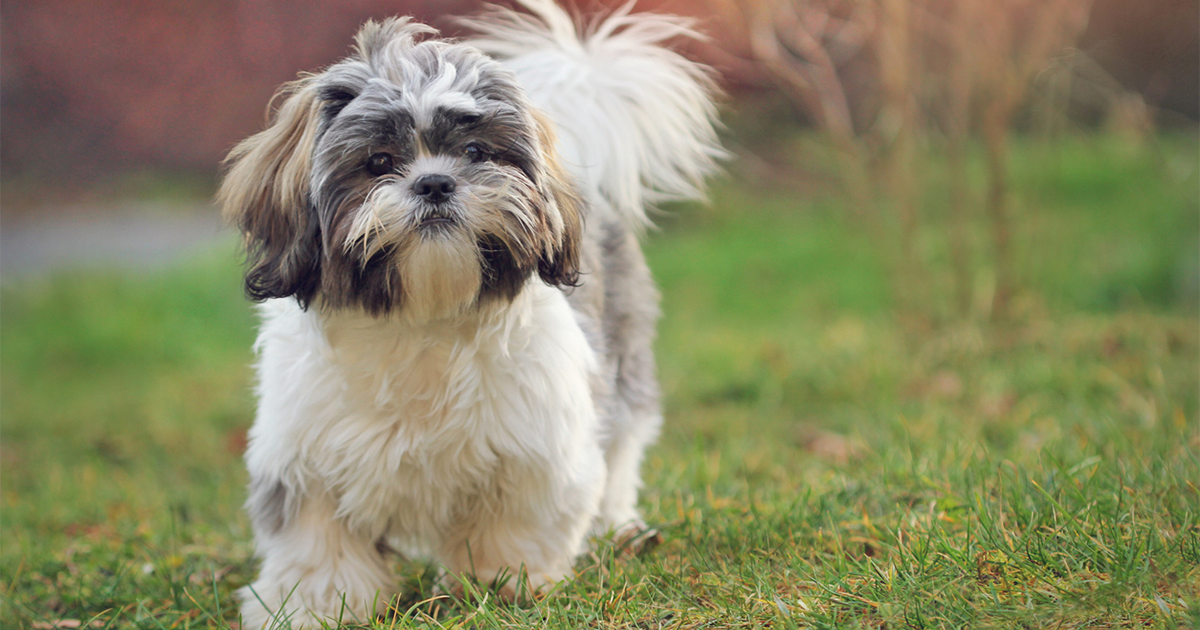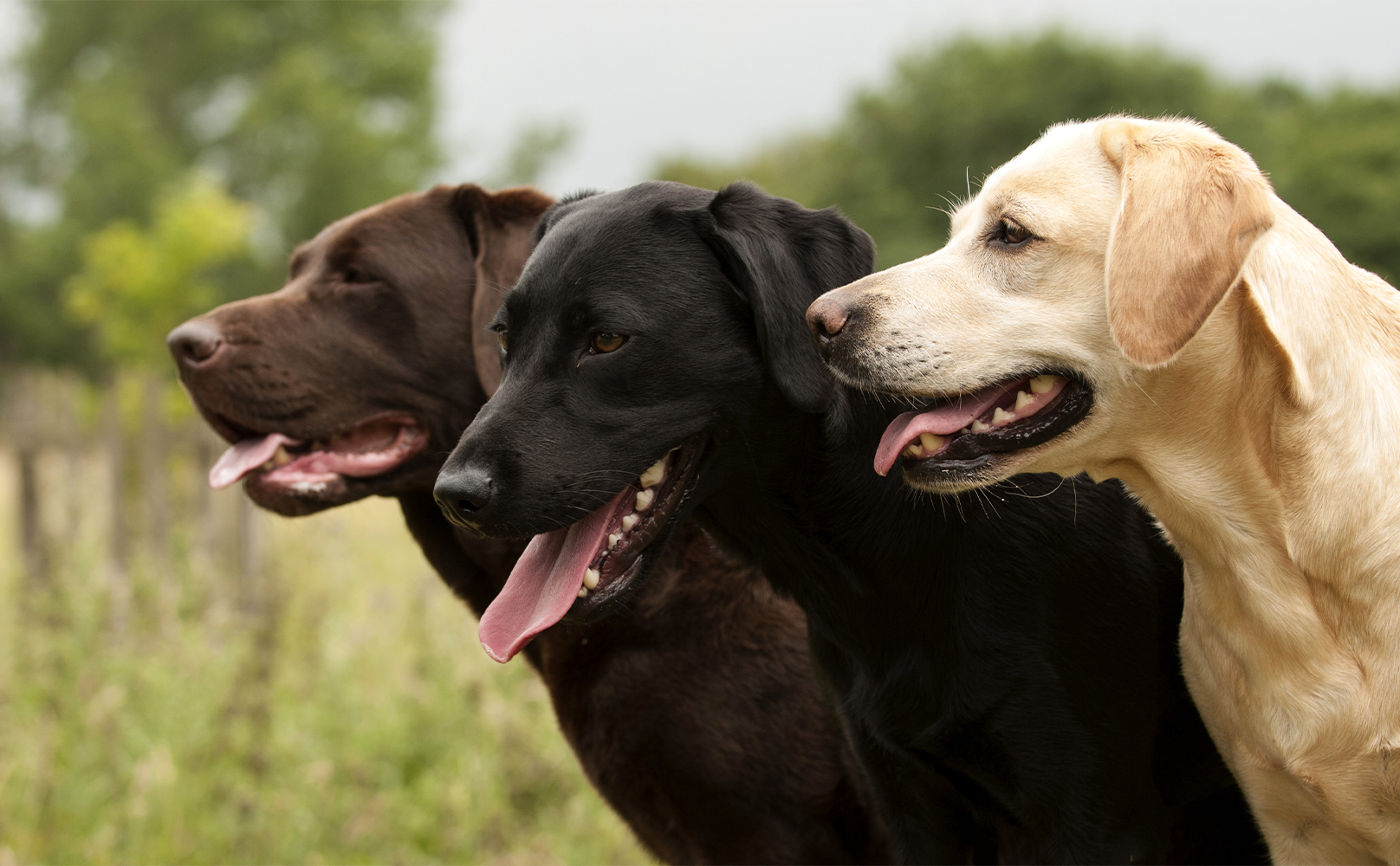Leading the pack as one of the country’s most popular dogs, the Labrador retriever is an all-around winner. These dogs are cute, energetic, athletic, and have very expressive faces. They’re friendly and bred to be the ultimate companion, which makes them a top choice for families with children!


When it comes to doing a job, Labradors eagerly agree to get it done with enthusiasm. They’re often trained to perform specific tasks as service dogs, compete in dog shows, and thrive under pressure as search and rescue dogs. Whether you’re looking for a Labrador to join the family or to assist you through your day, here’s all you need to know about your new best friend.
Breed Overview
Also Known As…
Labrador. Lab. Yellow lab, chocolate lab, black lab. Happiness on four legs. Crumb Hoover. “The dog that comes with every white picket fence.”
What Is The History Of The Labrador Retriever?
Humans began breeding the Labrador retriever in the late 1800s to serve as counterparts to fishermen in Canada. The breed historically began its reputation as a duck retriever for hunters. As agile swimmers with excellent stamina, these dogs got the job done!
The Labrador’s popularity grew due to their usefulness, temperament, and ~fetching~ looks. English royals found Labradors in Canada and wanted their own, so they brought them back to England with them and continued breeding them as sporting dogs. The English then named the breed after the Labrador region from which they originated.
How Big Do Labs Get?
Height: 21–24 inches
Weight: 55–70 pounds
How Long Do Labrador Retrievers (Generally) Live?
This popular sporting breed’s average lifespan ranges from about 10–12 years of age, though some surpass that!
What Is A Labrador’s Temperament & Personality Like?
Labs are very friendly, enthusiastic, and loyal dogs. They love getting attention and giving it.
This breed socializes well with strangers, and tends to get along with just about everyone. Although they’re pretty easy-going, Labradors love to play and are athletes at heart. As their human, you’ll need the stamina to go running with your pal or play long games of fetch at the park—anything to make sure they’re burning off all that stored up energy!
Good With Kids? Cats? Dogs?
Labs are people-pleasers, human-humorers, and child-cherishers. They make fun playmates for rambunctious kids and are able to keep up with them, and their gentle nature makes them compatible with babies and toddlers. However, as always, make sure that your human puppy and actual puppy engage each other respectfully for everyone’s safety and happiness.
Labradors also typically do very well with other dogs and cats, even though some would prefer to chase felines rather than cuddle with them.
Are Labradors High Energy?
Labradors are a sporting breed that have energy to spare and require a lot of daily exercise. Similar to other dogs who are playful and tireless, Labradors need space to run and play, and enough time to put all that energy to good use chasing tennis balls.
Plan on spending some time at the dog park or in the backyard every day. If your pup doesn’t get enough exercise or play time, they may become bored and frustrated, potentially leading to destructive behavior. (Now you know how those “exploding” throw pillows got there.)
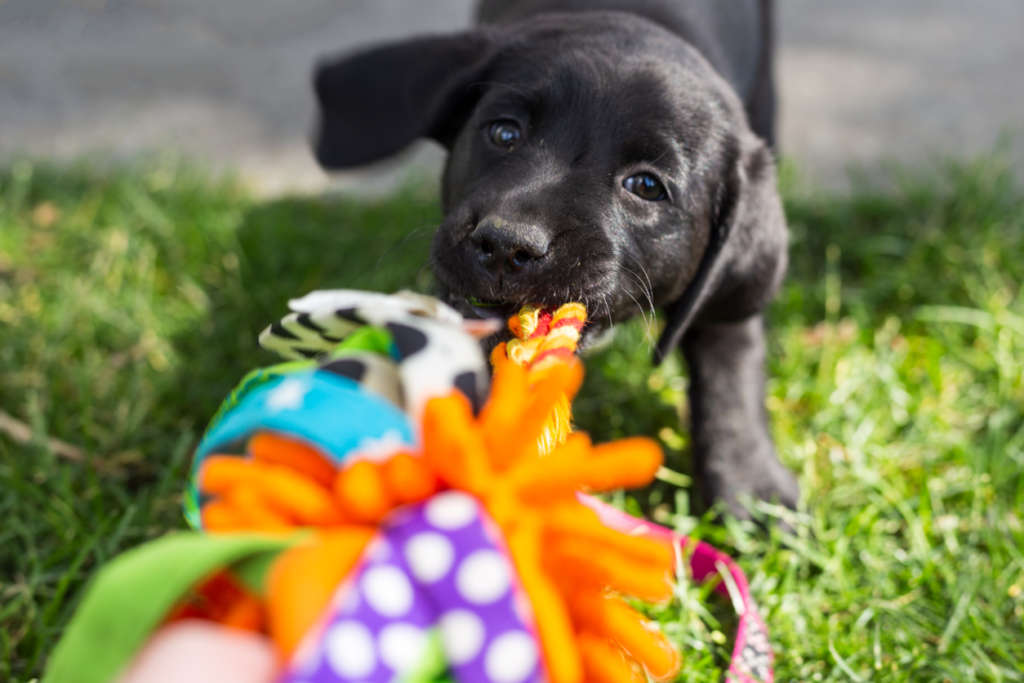

Are Labradors Hard To Train?
Labs are highly intelligent and easy to train. Historically, they were bred to work and are eager to please their handlers, especially when there’s food involved. This dog wants to make you happy and will do their very best to accomplish the goals you set.
Do Labradors Have Health Issues?
Labradors put their physical all into everything, and they’re known to accumulate certain health complications over time. To make sure your Labrador stays healthy, be aware of health issues commonly tied to the breed1:
- Elbow and Hip Dysplasia
- Lipomas
- Osteoarthritis
- Eye Conditions (retinal atrophy, cataracts, corneal dystrophy)
Do Labradors Need To Be Groomed?
Labrador retrievers were born and bred for swimming and being outside. It’s easy for their hair to collect dirt and debris when out and about. They have a short coat that’s water-repellent, but can easily be cleaned with mild soap. Expect to give regular baths and shield yourself from post-bath shakes to keep that coat clean and shiny.
Like most breeds, they also need frequent nail trims and a consistent tooth-brushing routing.
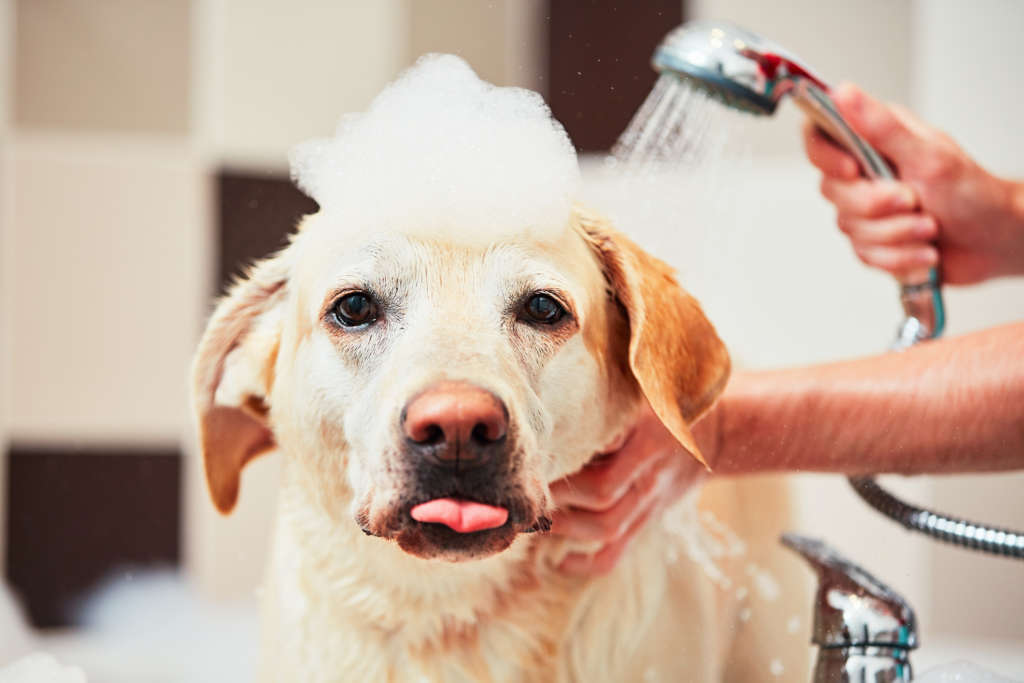

Do Labradors Shed?
Yes! Short hair doesn’t mean no hair on the couch or on your clothes (but embrace it!). Labs have a double coat, meaning a top layer of coarse “guard hairs” cover a thick, softer layer of fur underneath—it’s that insulating second layer that sheds the most. Prepare for frequent vacuuming and lint-rolling, and give them a thorough weekly brush to keep shedding under control.
Labradors are not a hypoallergenic breed.
Do Labradors Drool?
Dogs with droopier jowls tend to drool more, but Labradors may only get a bit drippy if you’re holding a strip of bacon ransom on the counter. Day-to-day, labs are not major droolers, so you don’t need to follow them around with a towel.
How Much Does It Cost To Care of A Labrador?
Exact cost is difficult to determine, but at a minimum, expect to spend around $1000+ per year.
Food
Aside from the cost to acquire the dog itself, Labradors are medium-to-large size dogs that eat anywhere from 2–3+ cups of food per day. Expect a quality bag of food to cost around $40–$100+ per bag every month or so depending on how much they eat.
BARK makes food just for labs and lab mixes! From healthy omega fatty acids and L-carnitine to support a healthy metabolism, to plenty of joint-friendly glucosamine and chondroitin, drool is inevitable. Get 25% off and free shipping with code 25FOOD today!


Since Labradors are more prone to joint issues later in life, it’s a good idea to give them a joint supplement to keep all those hinges well-oiled for swimming, running, and horsing around (~$15–$50).


Routine Vet Care (Healthy Dog)
Take into account the cost of maintaining proper vet care as well. The average veterinary appointment will run you at least $50 each visit, not accounting for treatment (vaccines ($20–30/dose, heartworm tests (~$45), etc.) Vets typically recommend a yearly wellness visit, and that doesn’t include treatment that may pop up for issues along the way, like x-rays, antibiotics, or surgeries.
Preventative Medications
Monthly heartworm, flea, and tick medications typically cost several hundred dollars for a year’s worth of doses depending on your pup’s weight.
Grooming
Grooming costs for a Labrador are on the lower end if you choose to groom yourself. You’ll need a dog-friendly shampoo for bathtime, a brush designed for their coat, tooth-brushing supplies, toenail clippers, and an ear-cleaning solution with cotton balls, at minimum. If you choose to have a groomer take care of these tasks, a single session may cost around $40–$90. This will vary depending on location, services, and size of the dog.
Toys, Treats, Beds, & Accessories
Toys, treats, beds, and accessories (leash, collar, bowls, training tools) add up as well, but they’re definitely the most fun to shop for!
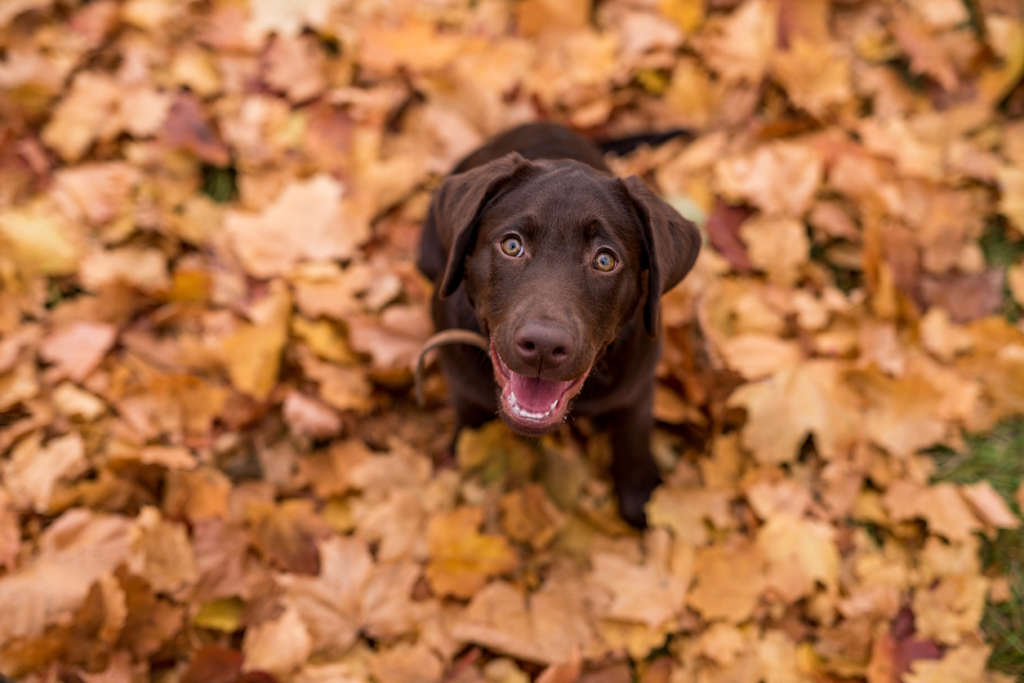

A monthlyBarkBox, for example, starts at $23/month and includes 2 toys, 2 full-size bags of treats, and a tasty chew (DOUBLE YOUR FIRST BOX FREE!). A tougher,Super Chewer subscription starts at $29 per month with 2 fluff-free, durable toys, 2 full-size bags of treats, and 2 meaty chews (DOUBLE YOUR FIRST BOX FREE!)
Beds cost around $25-$100+ depending on size and style, and walking accessories and training supplies usually clock in around $50 minimum.
Other normal costs associated with caring for a Labrador include:
- Dog walker (~15–$25/visit)
- Daycare/boarding (~$25 min for one day of daycare)
- Training classes (~$200+)
- Supplements, like hip & joint or skin & coat ($25+/month)
- Unexpected costs, like emergency care (~$500–1000+)
Related Article: Is BARK Food Worth It? New Breed-Inspired Recipes For Dogs’ Unique Needs
Sources
1Pegram, C., Woolley, C., Brodbelt, D.C. et al. Disorder predispositions and protections of Labrador Retrievers in the UK. Sci Rep 11, 13988 (2021). https://doi.org/10.1038/s41598-021-93379-2



